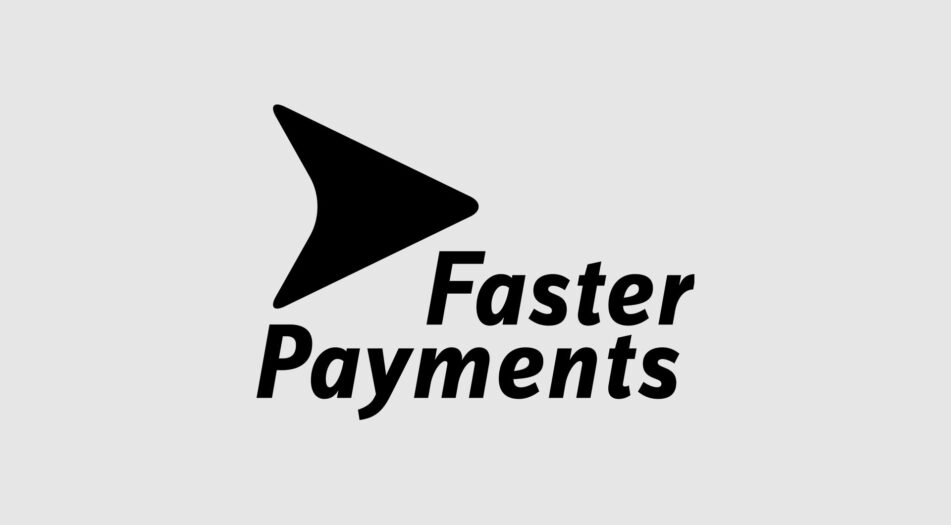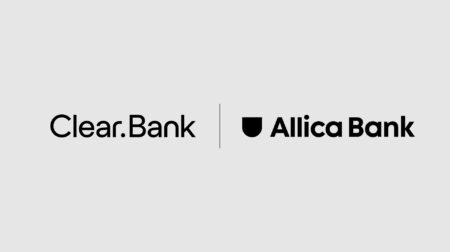What is the Faster Payments System? Everything your business should know

As financial technology evolves with each passing day, it’s no surprise that both businesses and consumers continually seek faster and smarter ways to make payments. Account holders are expecting greater convenience and reliability from banks to facilitate their banking needs.
The Faster Payments System (FPS) was launched in 2008 with this purpose in mind and has consistently achieved record-breaking growth. In 2022, 4.3 billion payments were made via FPS according to UK Finance.
This convenient payment system has given financial institutions the opportunity to provide real-time payments for their customers. In this guide, we’ll explore the world of FPS, covering everything you need to know about how it works and the current UK payments landscape.
The Faster Payments System facilitates real-time transactions, in which money is sent and received within a matter of seconds, unlike traditional payment methods like cheques or Bacs transfers.
With FPS, individuals and companies can make near-instant transfers 24/7, 365 days per year, eliminating concerns regarding inactive working hours, weekends and bank holidays. In exceptional circumstances, a Faster Payment may take up to two hours to arrive.
FPS employs robust security measures to safeguard transactions, including encryption protocols, secure login credentials and fraud detection systems. Additionally, financial institutions consistently monitor transfers for suspicious activity to mitigate the risk of fraud.
The Faster Payments System supports four payment types:
- Single immediate payments: One-off real-time transactions for general use and, as a result, the most common type of payment.
- Forward-dated payments: One-off transactions, sent and received on a future date set by the customer.
- Standing orders: Regular fixed-amount transactions scheduled to be repeated within a set time frame (e.g. monthly, quarterly, yearly).
- Direct corporate access payments: For corporate business customers to send transactions in the form of bulk files.
In February 2023, a substantial increase to £1,000,000 was implemented, quadrupling former Faster Payments System limits.
The Faster Payments limit increase has enabled customers to make high-value payments with the same speed and efficiency as smaller transactions. The permitted transferable amount is subject to individual financial institutions' thresholds.
ClearBank offers the maximum limit of £1m, so your firm can support large-scale transactions as needed.
To successfully deliver the Faster Payments System, transactions follow a domestic flow. There are two flow types to consider:
- Outbound: The customer sends money to the beneficiary.
- Inbound: The customer receives money from the sender.
The overall Faster Payments System can be broken down into five simple stages:
- The customer initiates a transaction.
- The customer’s bank processes the transaction via ClearBank’s Faster Payments API.
- ClearBank receives the funds and passes them onto the FPS scheme.
- The beneficiary’s bank receives the funds from the scheme.
- The amount arrives on the beneficiary’s account.
For a sender to initiate a Faster Payments transaction, they must supply the bank account number and sort code of the recipient. The sender inputs the transaction amount and any required reference details and then verifies the payment. Following confirmation, the money is swiftly moved to the recipient’s bank account.
Simply put, the Faster Payments System offers:
- Availability 24 hours a day, 7 days a week.
- Processing all year round with no bank holiday impact.
- High-value transaction processing in real-time.
- Payment initiation through various channels, including online banking and mobile apps.
The Faster Payments System delivers a broad range of benefits with real-time, data-rich transactions, but this scheme does demand connection building and resources to execute. At ClearBank, we offer our clients access to the Faster Payments System enabling you to:
- Give real-time settlement to you and your customers: Process transactions any time, any day, within a matter of seconds.
- Gain the flexibility to make high-value transfers: Choose any amount up to £1,000,000, in line with the max Faster Payments limit.
Using our portal or connecting to our Faster Payments API you can easily clear everyday transactions. Our ambitious service-level objectives for the Faster Payments System allow us to reliably support the ever-growing innovation needs of our clients.
Did you find this blog useful? Download ClearBank’s latest guide to the UK’s clearing and payment schemes to learn more.
Matt Newcombe is a Product Manager at ClearBank, responsible for the UK Local Product Market, including FPS. He has 18 years of experience in payments, including three years in Product Management, and joined ClearBank in June 2022.
Diana Plavanescu is a Payments Subject Matter Expert at ClearBank, managing FPS as part of our Scheme Management Team. She has 22 years of cards and payments experience and joined ClearBank in 2018.


